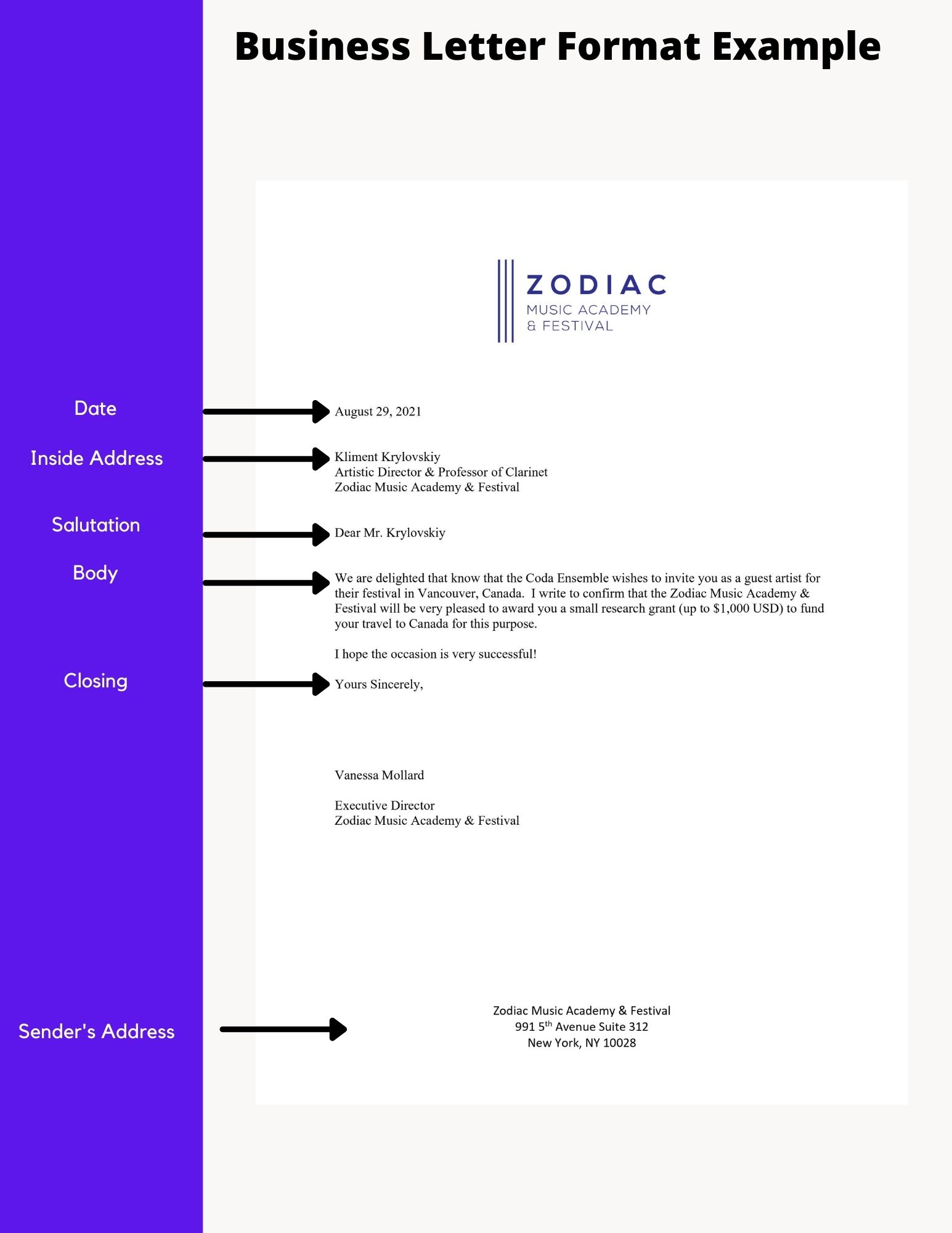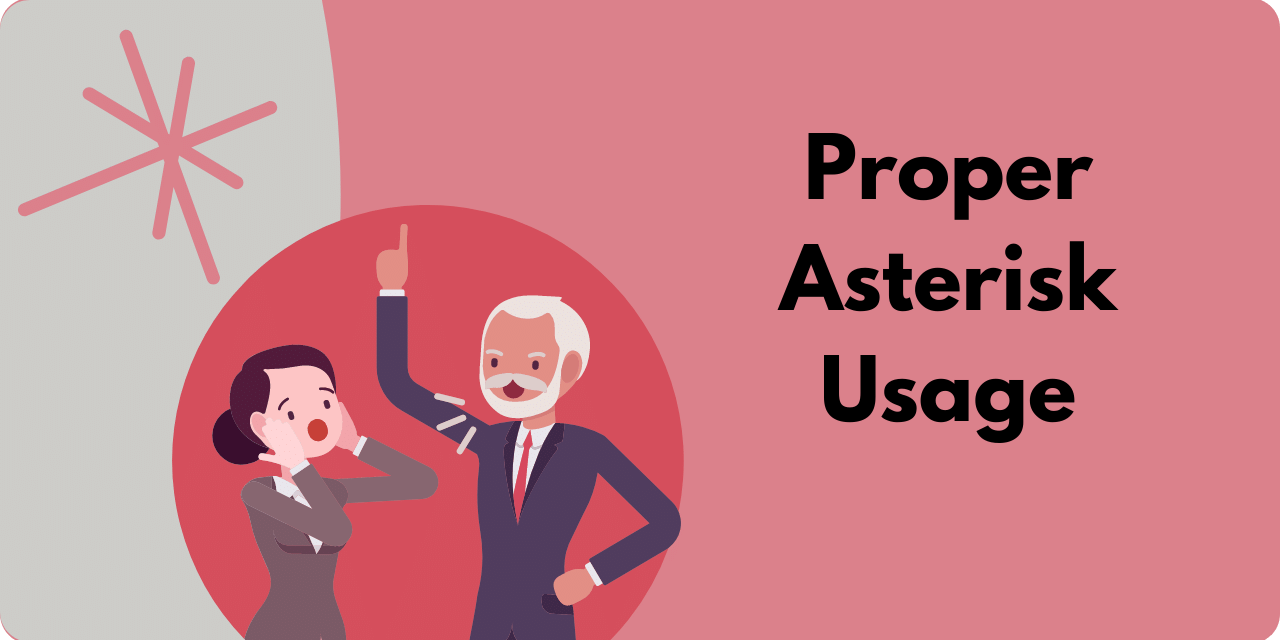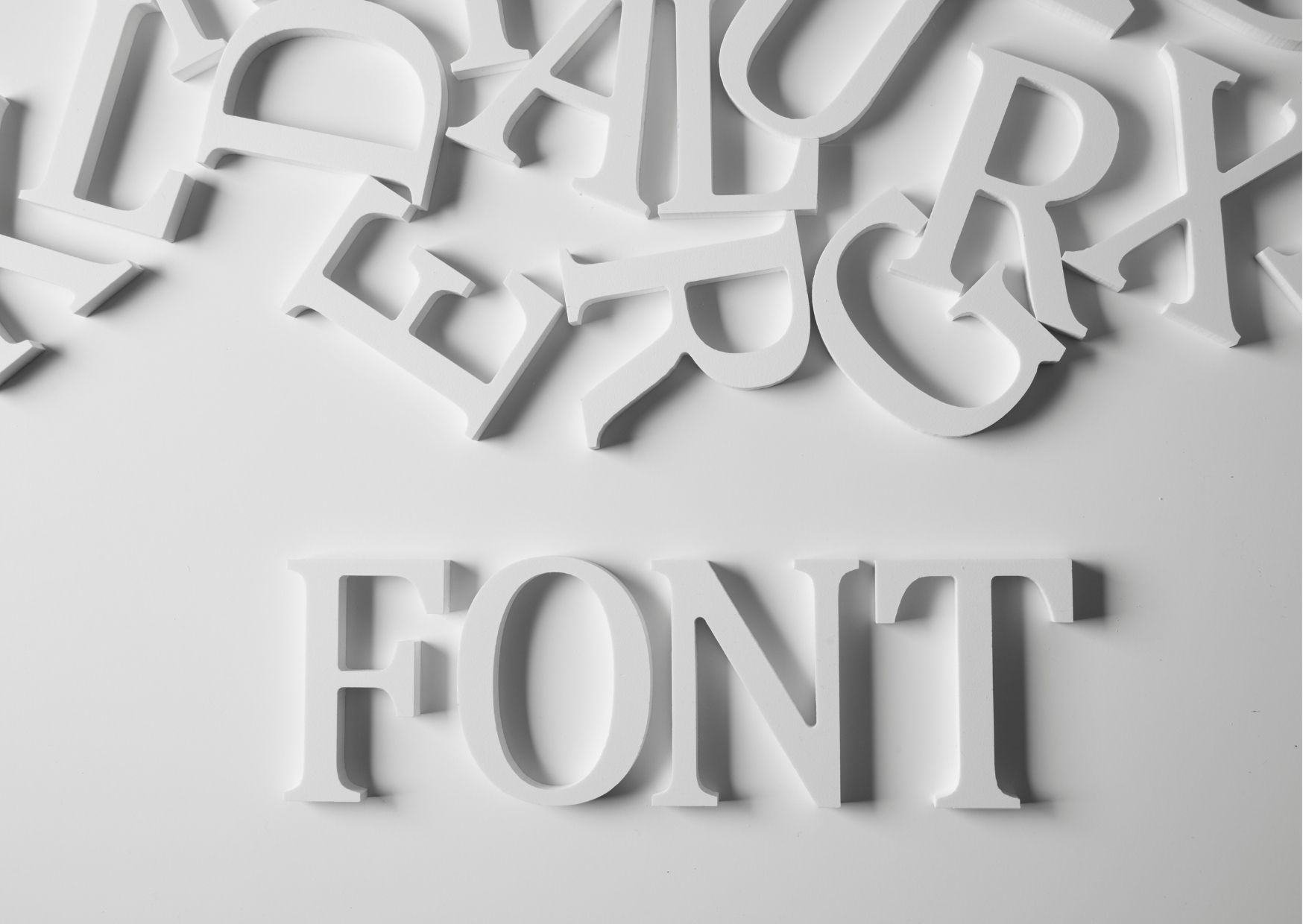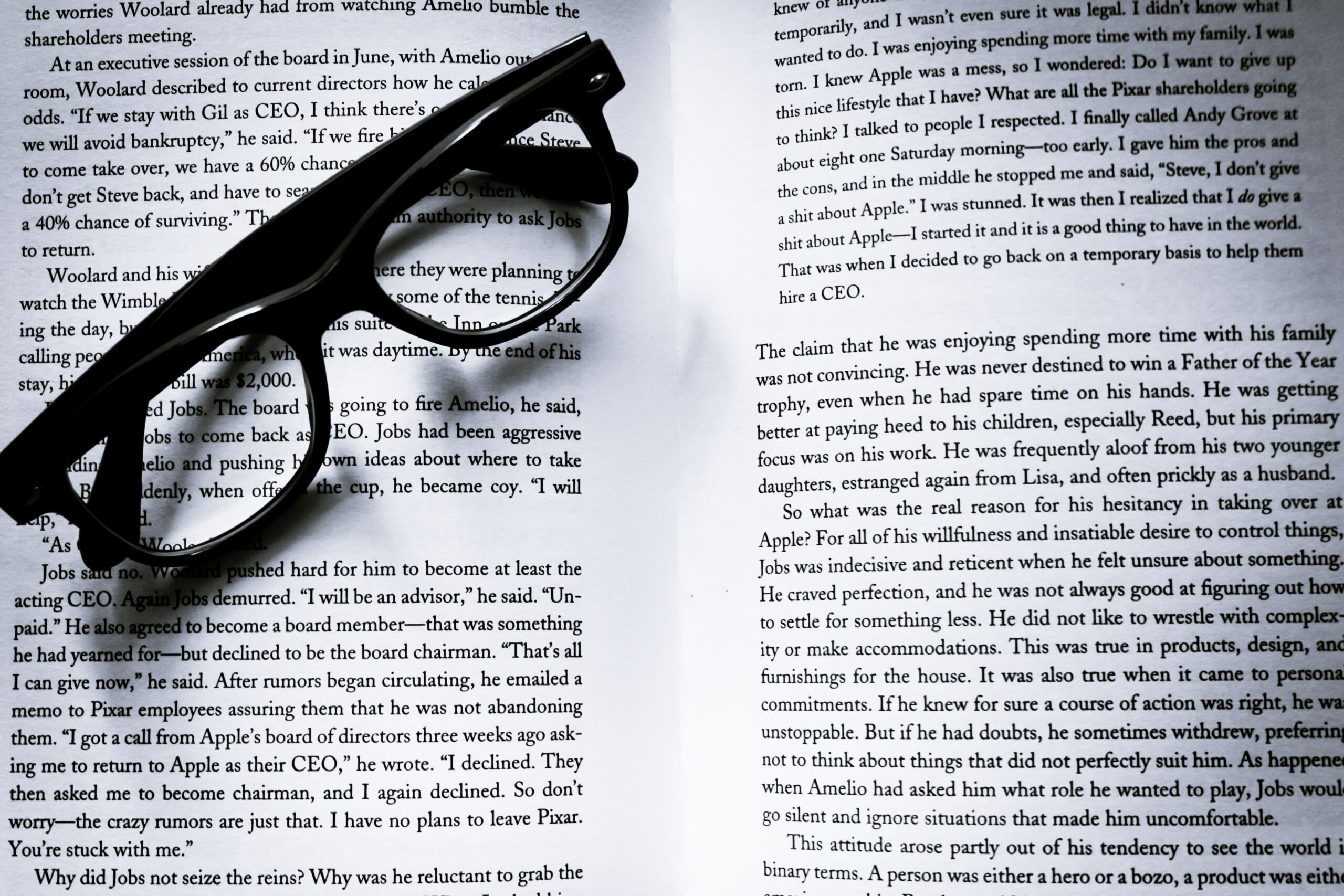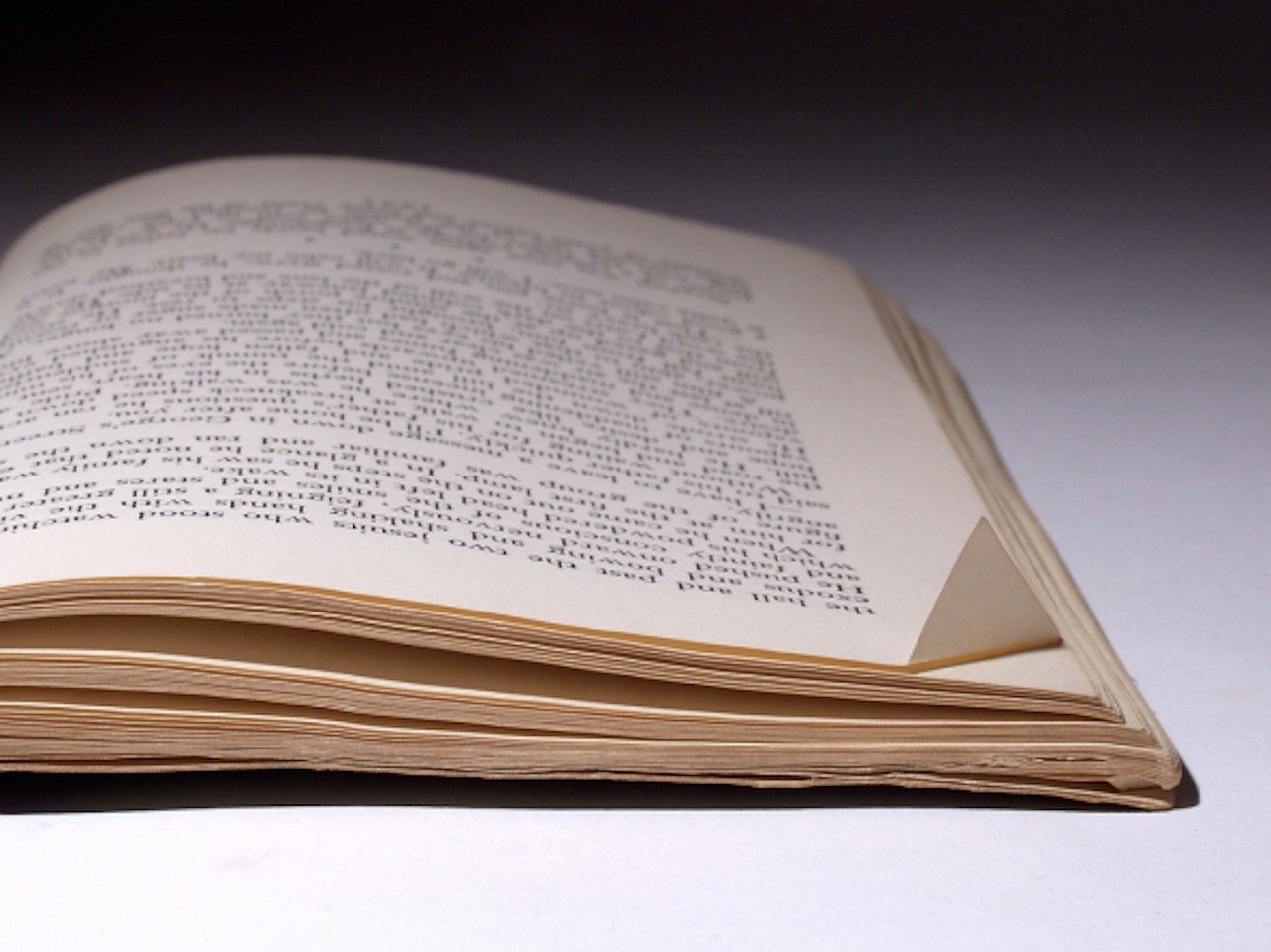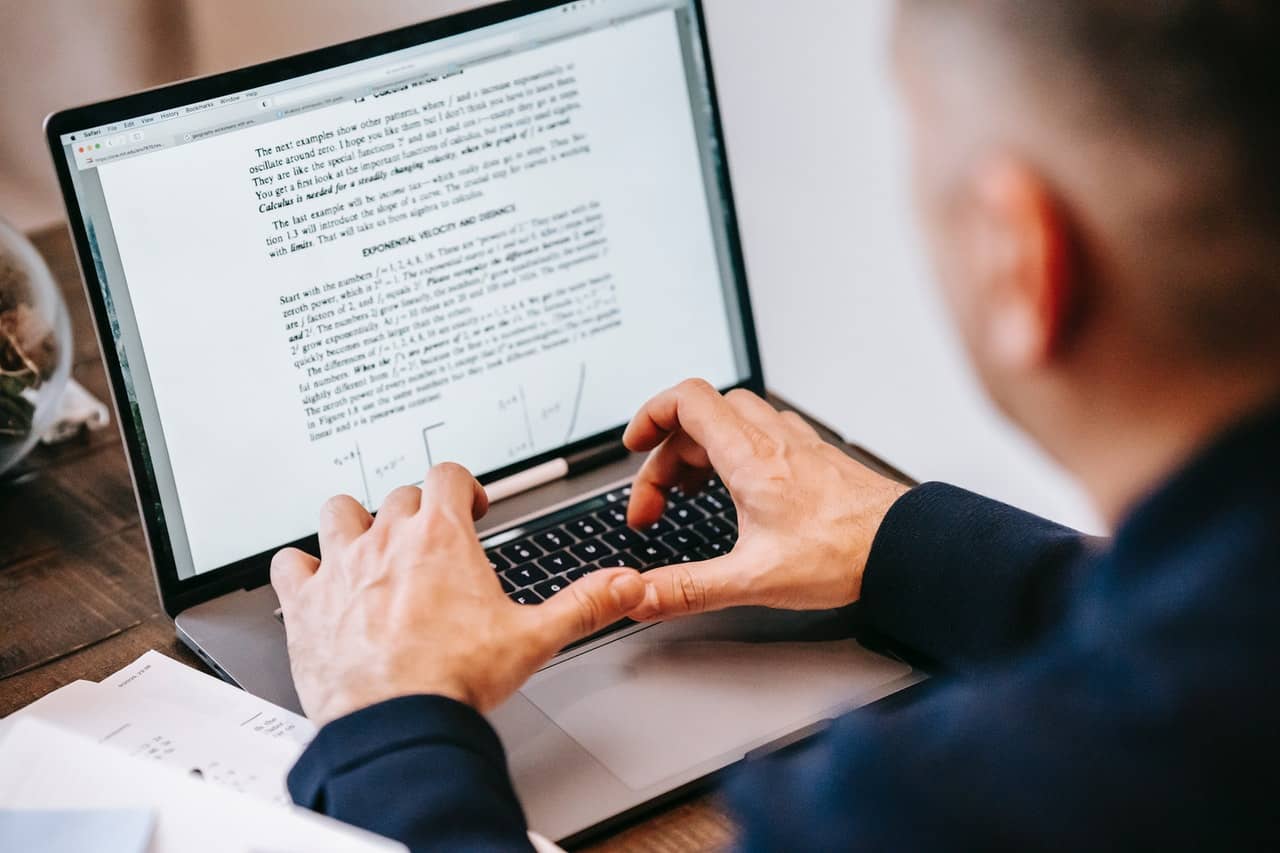In order to properly format a business letter, we need to consider its various parts, as well as format and font. Let’s begin with the structure of the letter.
Parts of a Business Letter
This article is organized in the correct order for writing a business letter, beginning with the sender’s address. You will not need to include the sender’s address if the letter is written on letterhead.
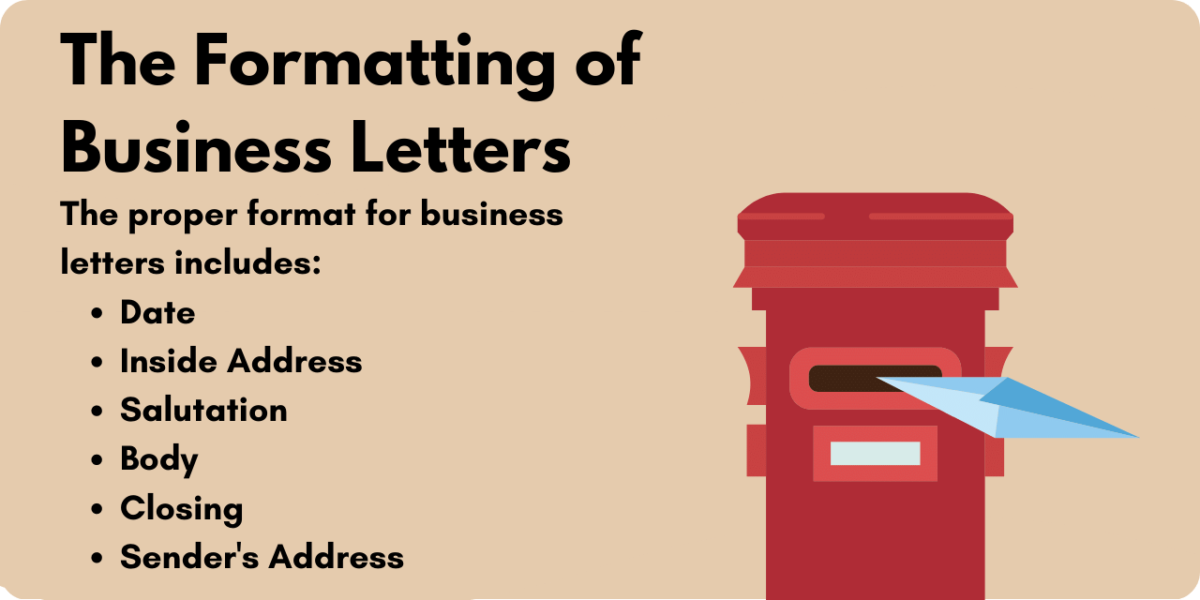
Sender’s Address
If you’re using letterhead, the sender’s address is usually included there. But if you’re not using letterhead, you’ll want to include the sender’s address at the top of the letter. Type it one line above the date. There’s no need to write the sender’s name or title along with the address since it will be included in the closing of the letter. All you need to include is the street address, city, and zip code.
Date
The date line displays the date that the letter was written. If the letter was completed over several days, use the date it was finished. If you’re writing to a company within the United States, be sure to use the American date format, placing the month before the day. For instance: August 30, 2021. Type of the month, day, and year two inches down from the top of the page.
Depending on the format you’re using for your letter, you can either left-justify the date, or you can tab to the center point before typing the date. If you put the date in the center, include the sender’s address in the letterhead, rather than left-justifying it.
Related: Commas in Dates – Writing a Date Correctly.
Inside Address
Another name for the inside address is the recipient’s address. Best practices include writing to a specific person at the firm to which you’re writing. But if you don’t have the person’s name, it’s wise to do some research. You can simply call the company or otherwise contact the company’s employees.
Include a personal title such as Dr., Mr., Ms., or Mrs. Always follow a woman’s preference when choosing between Miss, Ms., and Mrs. If you’re not sure of her preference, stick with Ms. If you’re writing to someone who possibly has a title, such as Dr., use that title. Note that people typically don’t mind being addressed by a higher title than the one they actually possess.
When writing the address, use the United States Post Office Format. If you’re writing to an international location, first type the name of the country in all caps on the last line. Then, the inside address should begin one line below the date. Always left-justify the inside address, regardless of the format you’re using.
Salutation
For the salutation, use the same name you used for the inside address, including the personal title. If you’re familiar with the person and typically address them using their first name, it’s considered acceptable to use only their first name for the salutation. For example: Dear Jill. In all other cases, though, use both the personal title and the last name followed by a colon. After the salutation, leave one line blank.
What if you don’t know the reader’s gender? In that case, it’s best to use a nonsexist salutation. This could be their job title, followed by the recipient’s name. You could also use the person’s full name if you’re not sure of their gender. For instance, consider a unisex name like Bailey Smith. You could simply write Dear Bailey Smith if you weren’t sure of Bailey’s gender.
Related: Salutations in Letters and Email
Body
If you’re using a block or modified block format, you should single-space and left-justify each paragraph in the body of the letter. Always leave a blank line between paragraphs. Conciseness is of the utmost importance when writing a business letter.
Your first paragraph should contain a friendly opening followed by a clear statement of your main point. Then, in the second paragraph, begin to justify why the main point is important. The following paragraphs should be used to provide background information and other details. Finally, the closing paragraph should restate the letter’s purpose and include a call to action (if applicable).
Closing
To format your closing correctly, it should start at the same vertical point as your date. The closing comes one line after the last body paragraph. You should only capitalize the first word of the closing, and leave four lines between it and the sender’s name. This gives you room for your signature. If you’ve used a colon after the salutation, then use a comma after the closing. Otherwise, you do not need to include punctuation after the closing.
Related: FAQ about Complimentary Closes
Enclosures
If you’ve enclosed any documents with the letter (maybe a resume or cover letter, for instance), you can indicate this in your letter. Simply type the word Enclosures under the closing. You can also list the name of each document included in the envelope if you wish. This is an especially good idea when you’ve included multiple documents and want to ensure that the recipient is aware of each one.
Related: How to Cite Enclosures in Business Letters
Typist Initials
If you typed the letter yourself, there’s no need to include typist initials. They’re only necessary when indicating that the person whom the letter is from did not type the letter themselves.
Example of a Business Letter Format
A Note About Format and Font
Block Format
It’s necessary to pay attention to the format and font used when writing business letters. Block format is the most common layout for business letters. In this format, the whole letter is left-justified and single-spaced, aside from a double space between each paragraph.
Modified Block
The modified block format is also frequently utilized for business letters. For this format, the sender’s and recipient’s addresses, along with the body of the letter, are left-justified and single-spaced. However, the date and the closing should be centered on the page.
Semi-Block
Semi-block is the least-used business letter writing format. It’s very similar to the modified block style, but each paragraph is indented rather than left-justified.
Remember that different organizations maintain different requirements for the formatting of their professional communication. The examples provided here contain all of the common elements of basic business letters, but the format of your letter may need to be more flexible in order to reflect variables like templates and letterheads. Consider our examples as simple guides rather than hard-and-fast rules.
Whether you have Microsoft Word, Google Docs, or another word processor, you can follow these guidelines to write a proper business letter. You can also use free templates to make formatting even easier.
Font
The font is a huge factor in a letter’s readability. Times New Roman, size 12, is the industry standard, but other easy-to-read fonts like Arial can also be used. When selecting a font, keep your audience in mind. More traditional companies will expect Times New Roman, but companies that are a bit more liberal may allow for some leeway regarding font choice.
Related: The best fonts for business writing (and which to avoid)
Punctuation
For punctuation after the salutation and closing of the letter, use a colon (:) after the salutation and a comma (,) after the closing. In some cases, you might use open punctuation, which is a less common format. In open punctuation, you exclude any type of punctuation after the salutation and closing.
Want to sharpen your business writing skills? Discover our acclaimed online courses at syntaxtraining.com

